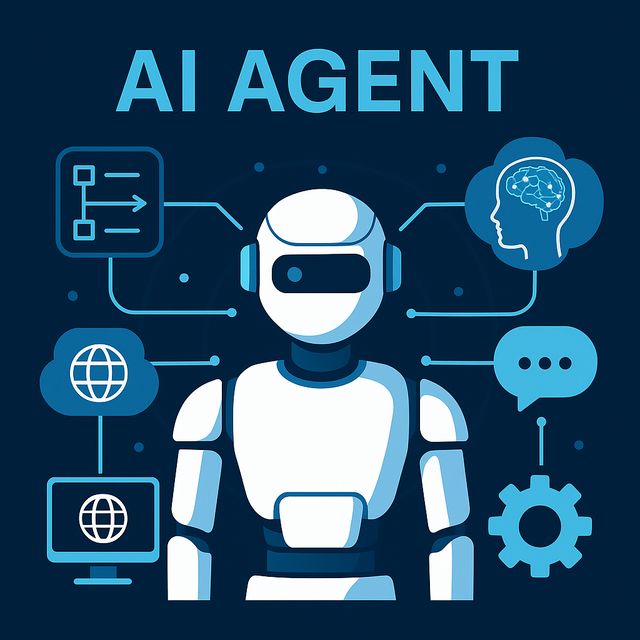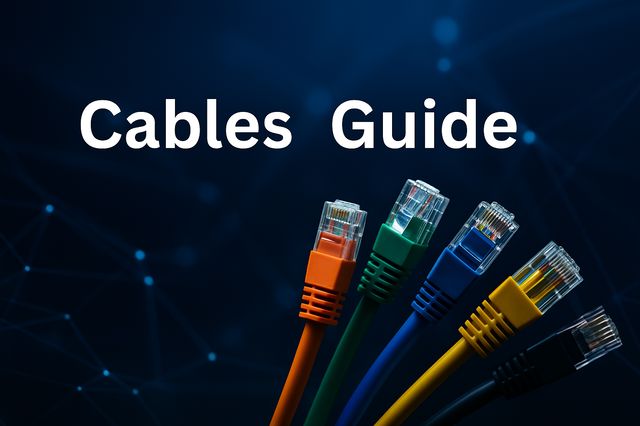The Evolution Toward Web 3.0
The internet has undergone several evolutionary shifts since its inception, from Web 1.0, which was primarily static, to Web 2.0, the era of social media and dynamic content. Now, we are entering the age of Web 3.0, a decentralized internet built on blockchain technology, smart contracts, and peer-to-peer interactions.
For cybersecurity specialists and tech enthusiasts, Web 3.0 presents both opportunities and challenges. This article will break down how Web 3.0 works, its benefits, its security implications, and why it is revolutionizing the digital world.
What Is Web 3.0
Web 3.0 represents the next stage of the internet, characterized by decentralized systems, AI-driven automation, and trustless transactions. Unlike Web 2.0, which relies on centralized servers, Web 3.0 is peer-to-peer and leverages blockchain to provide enhanced security, transparency, and user sovereignty.
Key Features of Web 3.0
- Decentralization: Eliminates intermediaries and central authorities by storing data across distributed networks.
- Blockchain Integration: Uses blockchain for secure, immutable transactions and identity verification.
- Smart Contracts: Automates transactions using pre-programmed conditions without the need for third parties.
- Token-Based Economy: Cryptocurrencies and NFTs enable digital ownership and financial autonomy.
- AI and Machine Learning: Enhances user experience through personalized automation and smart recommendations.
Web 3.0 is not just a concept; it is actively being implemented through blockchain projects, decentralized finance (DeFi), and peer-to-peer applications.
Why Web 3.0 Matters for Cybersecurity
With decentralization comes a new cybersecurity paradigm. While Web 3.0 offers improved security and privacy, it also introduces novel attack surfaces and risks.
Security Benefits of Web 3.0
- No Single Point of Failure: Distributed networks reduce the risk of centralized breaches (e.g., DDoS attacks on central servers). 🔹 Data Ownership & Privacy: Users control their data instead of corporations monetizing personal information. 🔹 Immutable Transactions: Blockchain-based transactions prevent fraud, data tampering, and identity theft. 🔹 Self-Sovereign Identity: Users own cryptographic keys for authentication, reducing reliance on passwords.
Cybersecurity Challenges in Web 3.0
- Smart Contract Vulnerabilities: Bugs in smart contracts can lead to exploits, as seen in many DeFi hacks.
- Phishing & Social Engineering: Since transactions are irreversible, phishing attacks targeting crypto wallets can be devastating.
- Regulatory Uncertainty: Governments are struggling to define legal frameworks for decentralized systems.
- Scalability & Performance: Large-scale blockchain transactions require optimized protocols to ensure speed and efficiency.
Cybersecurity experts must adapt to Web 3.0 by learning blockchain security, cryptographic principles, and smart contract auditing.
How Web 3.0 Works: The Core Technologies
To fully grasp Web 3.0, it’s essential to understand the foundational technologies that power it.
Blockchain Technology
Blockchain serves as the backbone of Web 3.0, ensuring decentralization, transparency, and immutability.
- Public Blockchains (Ethereum, Solana, Polkadot): Open to anyone, fostering decentralized applications (dApps).
- Private Blockchains: Used by enterprises for internal security and compliance.
Decentralized Applications (dApps)
Unlike traditional applications that run on centralized servers, dApps operate on blockchain networks.
- Examples: Uniswap (decentralized finance), Filecoin (decentralized storage), and OpenSea (NFT marketplace).
Smart Contracts
Smart contracts are self-executing agreements coded into the blockchain. They enable automated, trustless transactions.
- Example: A smart contract could automatically release payment upon receiving a service, reducing fraud.
Cryptocurrency & Tokenization
Web 3.0’s economy is token-driven, with cryptocurrencies powering decentralized transactions.
- Examples: Bitcoin, Ethereum, and Solana.
- Use Cases: Payments, governance, and tokenized assets (NFTs, digital real estate).
Decentralized Storage & Hosting
Traditional cloud storage solutions (e.g., Google Drive) rely on centralized control. Web 3.0 replaces them with decentralized storage solutions.
- Examples: IPFS (InterPlanetary File System) and Arweave.
Who Is Leading the Web 3.0 Revolution
Several organizations and developers are shaping the Web 3.0 ecosystem. Here are some of the key players:
- Ethereum Foundation: Pioneering smart contracts and decentralized finance.
- Polkadot & Cosmos: Enabling blockchain interoperability.
- Solana & Avalanche: Creating high-speed, scalable blockchain networks.
- IPFS & Filecoin: Developing decentralized storage solutions.
- MetaMask & Trust Wallet: Providing crypto wallets for secure transactions.
How to Get Started with Web 3.0
For cybersecurity professionals and tech enthusiasts eager to explore Web 3.0, here’s how to get started:
- Set Up a Web 3.0 Wallet: Install MetaMask or Trust Wallet to manage digital assets.
- Explore dApps: Try decentralized applications like Uniswap, Aave, or OpenSea
- Learn Smart Contracts: Study Solidity (Ethereum’s programming language) for blockchain development.
- Contribute to Open-Source Web 3.0 Projects: Join GitHub repositories for decentralized software development.
- Stay Updated on Security Trends: Follow blockchain security research to mitigate risks.
The Future of Web 3.0 and Cybersecurity
Web 3.0 is redefining the internet, empowering users with greater control, privacy, and security. However, its decentralized nature brings new cybersecurity challenges, requiring professionals to adapt their skill sets.
Key Takeaways
- Web 3.0 eliminates intermediaries and enhances user sovereignty.
- Blockchain, smart contracts, and dApps form the core of Web 3.0.
- Cybersecurity strategies must evolve to address Web 3.0 threats.
- Developers and security experts should actively engage with Web 3.0 technologies.
As Web 3.0 adoption grows, staying ahead of security risks, compliance challenges, and emerging technologies will be crucial for tech professionals.


